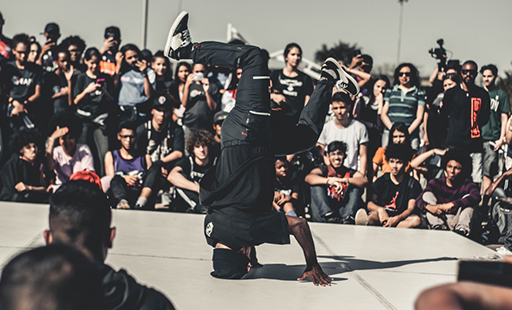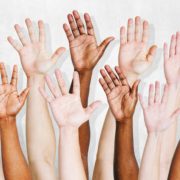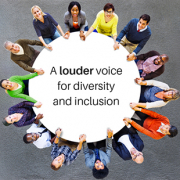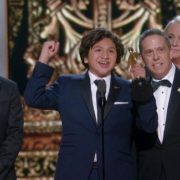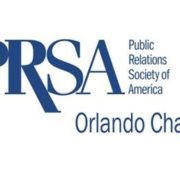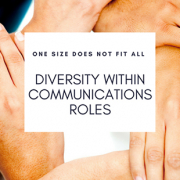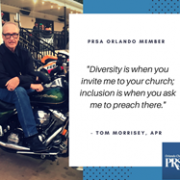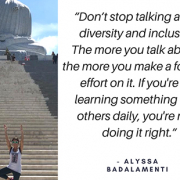How hip-hop culture can enhance your career as a communications professional
By Tyrone Law, PRSA Orlando D&I Committee Member
According to the 2019 Nielsen Music Mid-Year Report, the R&B and hip-hop genre is America’s preferred musical style, accounting for 26.5 percent of the total volume of all music consumption in the country. In turn, hip-hop culture influences many of the trends and key moments that engulfs society today. Having a working understanding of popular culture, which currently is heavily driven by hip-hop culture, can help communications professionals create more comprehensive and trendy campaign messaging, cultivate strategic partnerships and expand upon or introduce new target audiences.
Analyzing trends and predicting their consequences
Throughout history, music has represented and influenced dominant societal movements that transcend race, gender, ethnicity, social or economic status, and sexual orientation. Hip-hop is no different. For example, “Same Love” by Macklemore and Mary Lambert, an American hip-hop song, tackled issues of LGBTQ rights and helped bring awareness to Washington Referendum 74, which eventually legalized same-sex marriage in Washington State. Other R&B and hip-hop influencers, including Childish Gambino, Beyoncé, 50 Cent and many more also have created songs and other content that sway American social norms, trends, language, and politics. As a result of this growing trend, many brands are studying, embracing and implementing elements of hip-hop into marketing and communications. A recent example comes from DoSomething.org, which recently teamed up with rapper Silento on its new anti-vaping campaign.
Strategic hip-hop partnerships and activations
A strategic partnership in the hip-hop space can build campaigns that speak appropriately to cultural nuances and resonate with audiences time and time again. This concept has already proven to be successful by several brand activations over the last five years. Some of the most memorable campaigns containing elements of hip-hop are Sprite and Drake, Mercedes Benz and A$AP Rocky, and General Mills and Travis Scott Reese’s Puffs cereal box collaboration. These examples and numerous more have resulted in millions of media impressions and hundreds of stories. The Pew Research Center projected that by the end of 2019, millennials will surpass baby boomers to become the largest living generation in the United States. It just so happens that this same demographic group (millennials) is also the top consumer of hip-hop music.
Embrace the hip-hop culture
Hip-hop culture is everywhere. Broadway has even embraced the genre. Lin-Manuel Miranda’s “Hamilton” is said to be one of the most successful Broadway shows of all time, holding the record for the most Tony Awards nominations. Communications professionals should immerse themselves in a diverse range of cultures. If you haven’t already, give hip-hop a try; watch hip-hop-themed movies; listen to a new hip-hop artist; hire someone who is more attuned with hip-hop culture to help inspire content and messaging that can bring your results to the next level.
PR campaigns should speak to what is manifested through popular clothing, art, attitude, style, music, video and language. Although culture is a revolving door of rapid changes, I’d bet hip-hop isn’t going to lose steam any time soon. Think critically on how to authentically implement this trend in your communications, and it just may lead you to that award-winning campaign or that promotion you’ve always wanted.
Editor’s note: October is PRSA’s Diversity & Inclusion month. This post supports the organization’s effort of recognizing the importance of continuing to create awareness of this essential topic, and to recommit ourselves to actively promoting change for the betterment of the industry. PRSA is devoted to building consciousness by increasing visibility of D&I standards, resources and best practices for racial, ethnic, religious, sexual orientation and gender differences, as well as diverse skill sets, mindsets and cultures at all levels of the organization.

